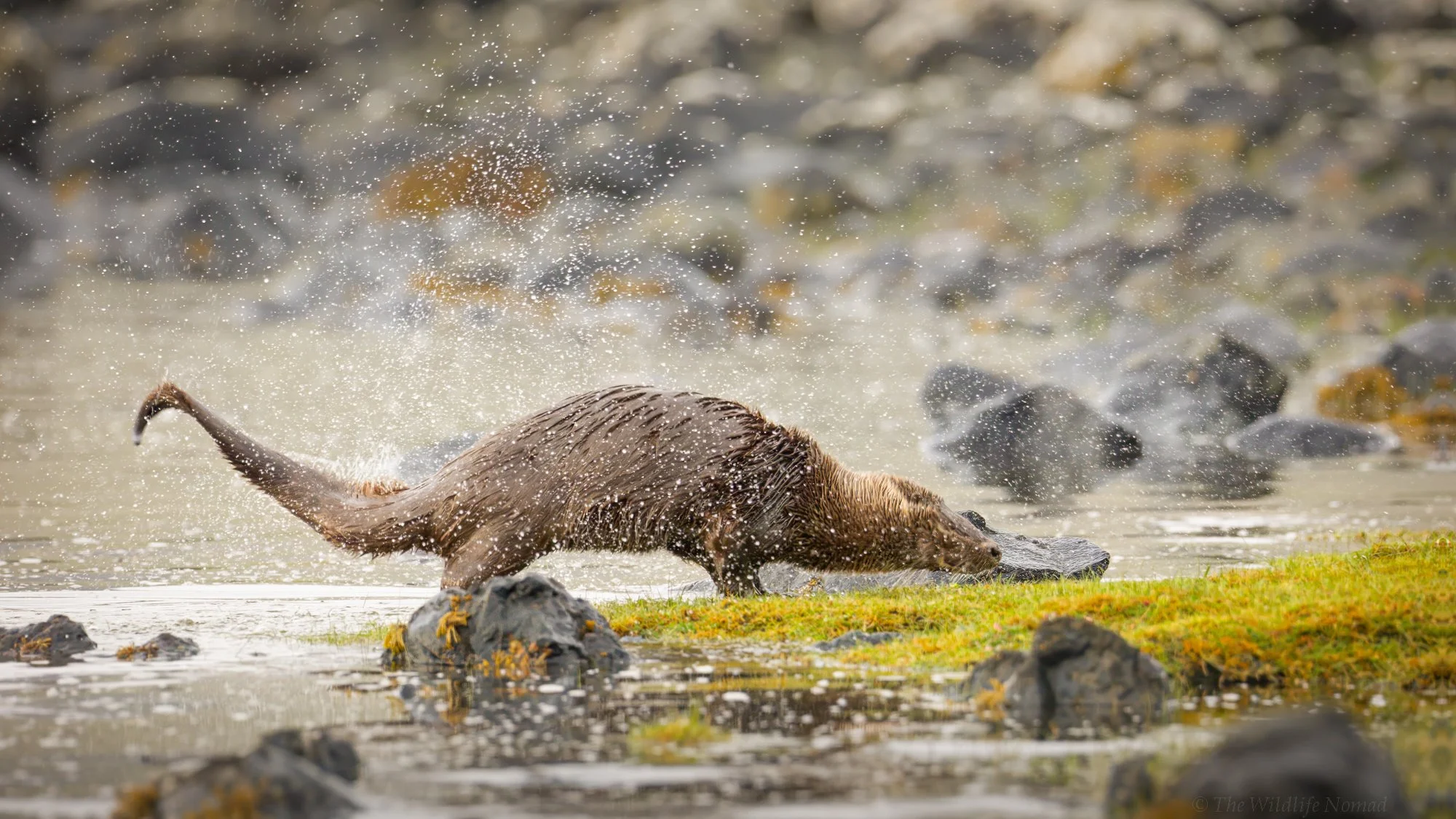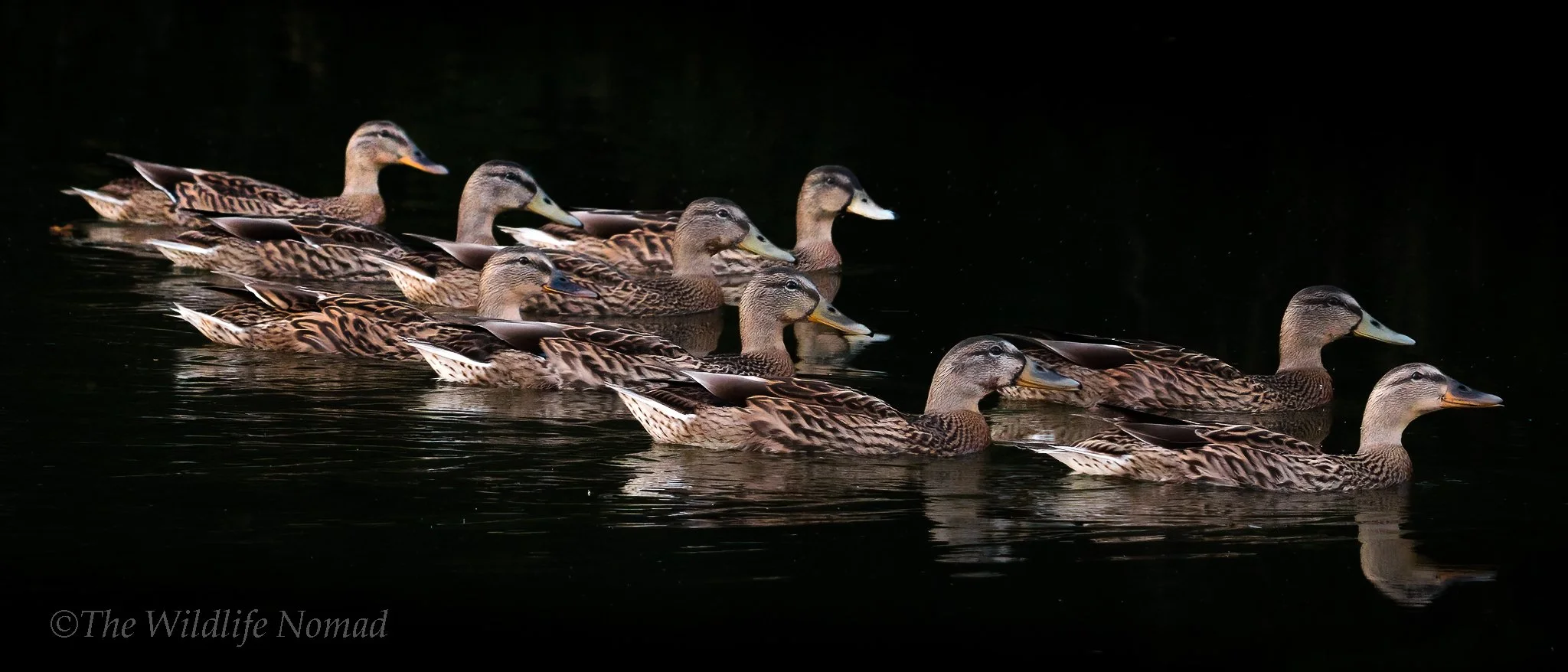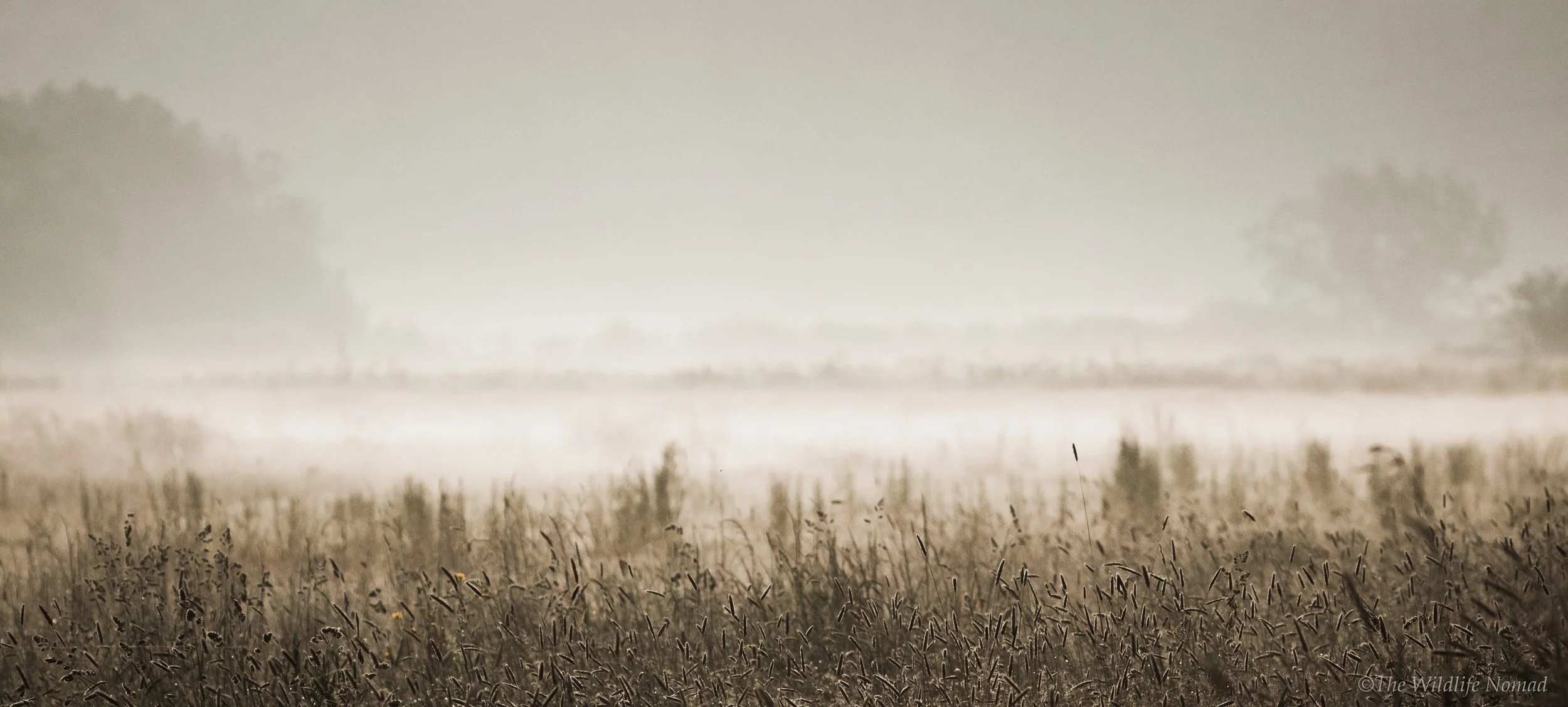UK Wildlife News: Stories and Photo Projects 12th October 2025
This week’s UK nature headlines all point to the same idea: conservation isn’t abstract……..it happens in real places, with real people, and it needs good storytelling. Below are three big stories from the past few days, each paired with a practical mini-project you can start now. As always, keep welfare first: work from public land unless you have permission, give wildlife space, and be transparent in your captions.
UK Wild Otter Trust: fundraising to relocate its rehab centre
Read more / donate: ukwildottertrust.org
What’s happening (in brief):
The UK Wild Otter Trust (UKWOT) has been given a short window to move and rebuild its specialist rehabilitation centre while still caring for rescued cubs. The fundraiser covers demolition, new pens and pools, biosecurity infrastructure, and the kit needed to keep intakes going during the transition. For a small charity dealing with high-care, high-cost patients, the move is a major lift.
Why it matters to photographers:
Otters are charismatic, strictly protected, and easy to love—but the story behind every release is built on people, process and place. You don’t need access to the centre to contribute meaningfully. You can document the rivers and coasts otters depend on, the threats they face (entanglement, pollution), and the volunteer effort that makes rehab possible.
Project idea: “River to Release” (4–6 frames)
Habitat anchor: A dawn wide of your local otter river or estuary. Think context: riffles, overhanging roots, quiet backwaters. 16–35 mm at f/8–f/11; a polariser helps with surface glare.
Signs & stories: Legal vantage shots of spraint sites on obvious “anvils” (flat rocks/logs), plus subtle human threats—litter traps under bridges, snagged line, blocked culverts.
People in the loop: Environmental portraits (with permission) of river keepers, litter-pick volunteers, or kayakers reporting sightings. 70–200 mm at f/4 keeps attention on the person and task.
Ethical wildlife frame (optional): If you encounter wild otters, stay distant; long lens (500–600 mm), no baiting, no playback, no torches. Behaviour change = you’re too close—back off.
Caption craft: Tie every frame to the rehab narrative—“These are the places otters return to; this is what can harm them; this is the community that helps.” Link UKWOT at the end.
Pro tip: Carry biodegradable flagging tape (for litter-pick teams, not for wildlife) and a pocket notebook for precise location notes. Practical detail in captions makes your set more useful to trusts and local groups.
Avian influenza: control zone near Omagh (NI)
Official update: DAERA statement
What’s happening (in brief):
Authorities in Northern Ireland confirmed a suspected H5N1 case at a commercial site outside Omagh, triggering a Temporary Control Zone and culling. While the outbreak centres on poultry, wild birds are part of the surveillance picture. Photographers need to adopt strict field hygiene and avoid disturbance, especially around roosts and mixed flocks.
Why it matters to photographers:
Bird-flu news can feel distant until you realise biosecurity guidance changes how you work: where you walk, how you clean your boots, which sites you string together in a single day. You can still document wild birds ethically—with extra care—and you can show the practical steps that keep people and wildlife safer.
Project idea: “Clean Boots, Clear Frames” (documentary + birds)
Biosecurity steps (2 frames):
A tidy, informative shot of your field kit at the car: scraper, Virkon/Sterizar spray, brush, spare bags.
Close-up of boot soles being cleaned between sites. Use a 35–50 mm prime; keep it simple and instructional.
Roost at distance (2 frames):
A long-lens (500–600 mm) image of waterfowl or gull roosts from a public bank; include habitat, not just birds.
A rhythm shot—pre-dawn arrivals or dusk departures—at 1/60–1/125 s panned for motion nuance.
Context & signage (1–2 frames):
Photograph official notices (where present) and path diversions so your audience understands why you kept distance.
If you meet rangers or wardens, ask for a quick portrait (with permission) and note their key message for your caption.
Field hygiene essentials:
Single-site days are best. If you must visit multiple wetlands, progress from “clean” to “higher-risk” sites, with a thorough boot clean between. Never approach sick or dead birds; report them via the local authority route. Keep dogs leashed near waterfowl.
Arun Valley wetlands: deal unblocks homes while funding habitat protection
Gov announcement: Thousands of new homes get the go-ahead in North Sussex
What’s happening (in brief):
Defra, Natural England, the Environment Agency and Southern Water have agreed permit changes and habitat funding to safeguard the Arun Valley wetlands (notably sites supporting internationally important bird populations) while unlocking ~21,000 previously stalled homes. The crux: reduce damaging abstraction, improve wastewater performance, and invest in restoration so growth and nature protection move together.
Why it matters to photographers:
Water is the hinge that connects people and place. This story is bigger than planning—it's about how rivers, floodplains and marshes function when we take less and restore more. You can make that visible across a single stretch of valley.
Project idea: “Water Budget: A Valley in Pictures” (seasonal set)
River at two states:
Low flow: Exposed gravels and slow runs; polariser to cut glare and reveal bed texture.
After rain: Same tripod height and focal length. Show the rise, colour change, and reconnected margins.
Wet meadow detail:
Macro of sedges, rush flowers, grass seed heads; early/late light keeps highlights gentle. 90–105 mm macro, f/8–f/16.
Bird use:
Telephoto portraits of waders and wildfowl on flooded meadows or creek lines. Stay on public rights-of-way; keep distance; no flushing.
People & infrastructure:
Portraits of river-care volunteers, monitoring teams, or water utility works (with permission). Include tools—flow meter, dissolved oxygen loggers, or planting spades, to root the story in practical action.
Captioning angle:
Explain the trade-offs in plain language: less abstraction, better treatment, targeted restoration; outcomes measured in water levels, invertebrate life, bird counts, and resilience to drought/flood. Link to the gov update and, if applicable, your local rivers trust.
Editing & delivery: make it useful
Keep the treatment natural. Gentle contrast, true colours, no gimmicks. Let structure and behaviour do the heavy lifting.
Be specific in captions. Who, where (generalised if sensitive), when, and why it matters. Add clear “what you can do” notes: donate to UKWOT, follow DAERA advice on AI, support local wetland volunteering.
Share back. Send a small image set to charities and site teams you’ve photographed. Pictures that organisations can actually use have a longer life.
Quick kit list (pack once, cover all three)
Lenses: 16–35 mm (habitat/valley), 70–200 mm (people/process), 400–600 mm (birds/otters at distance), 90–105 mm macro (plants, textures).
Filters & support: Polariser for water/mud; 3–6 stop ND for subtle motion at tide/river; tripod for repeat frames; monopod/beanbag for long lenses.
Hygiene: Boot brush, scraper, Virkon or equivalent disinfectant, spare bags for dirty kit, nitrile gloves (if needed), hand gel.
Admin: Notebook or phone notes for species, quotes, and link references; get names/roles for anyone you photograph.
If you take one theme into the field this week, make it care in context: care for a rehab species by showing the rivers they return to; care for wild birds by working biosecure and hands-off; care for wetlands by making water visible, levels, plants, birds, and the people balancing supply with nature. Then point readers to the links above so they can act, not just scroll.



